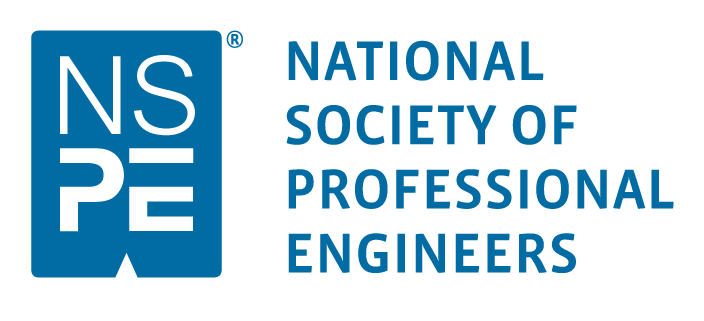HOA boards: Are your cash reserves adequate? Get a reserve study to find out.
Maintaining a home is hard, let alone several houses for many people living under the same roof or in the same community. The responsibilities of Home Owners’ Association’s (HOA) board of directors do not end in ensuring that their community is doing well today—they need to plan finances years into the future too.
Because many people are stakeholders, the board of directors should make sure that they maintain, protect, and enhance the assets of the Association, in a way that everybody is treated with financial equity.
Maintaining, protecting, and enhancing assets includes money, and it can be problematic when more than two people discuss it for the common good of all the members of the home owners. Therefore, reserve studies are made and are being used in balancing the financial aspect of home owners’ association dues and duties.
What is a Reserve Study?
A reserve study is the art and science of anticipating and preparing for major common area repair and replacement costs. It is composed of two parts: The physical analysis and the financial analysis.
The physical analysis contains the information about the current condition and repair or replacement cost of the major common area components the Association is obligated to maintain.
Meanwhile, the financial analysis contains an evaluation of the Association’s reserve balance (measured by percent funded) and a recommended funding plan to offset the anticipated reserve expenses.
Why is there a need for a reserve study?
As time goes by, the shared physical assets and common areas within a building or within the community will begin to deteriorate or an unexpected natural calamity might strike, damaging parts of the structure.
A reserve study’s purpose is to project the future expenses of the Association for the expected costs for the renovation and replacement of shared roofs, walkways, heating and cooling systems, grounds, etc. brought about by damages caused by deterioration or disasters.
In short, a reserve study is a budget-planning document for the shared utilities and amenities used by the members of the home owners association.
The goal of a reserve study is to provide a plan to collect funds at a stable rate to offset the predicted irregular reserve expenses. At the same time, it aims to find the balance between the projected expenses and the accumulated budget. It also serves as the documentation that can be used for transparency of the board of directors in the long run.
Reserve studies summarize the evaluation of all the separate components and turn the component analysis into a financial projection.
Which physical assets are covered by the reserve study?
The physical assets that are discussed and covered by reserve studies are usually those that need a larger expense budget, infrequent expenses, and require significant advance planning. These may be the assets that may be covered by insurance or require special assessments. There are also operating expenses which are those ongoing daily, weekly, or monthly expenses that occur and recur throughout the year. These can also be small surprises which are typically handled as maintenance contingencies.
For an asset or amenity to be covered in the reserve study, it should be: first, a common area maintenance responsibility; second, the component must have a limited life; third, the limited life must be predictable; and fourth, the component must be above a minimum threshold cost.
Unprecedented calamity damages—like fire, floods or earthquakes—are also not included in the reserve study since these typically cannot be considered “reasonably predictable.”
How is the costing estimated?
After the discussion of the assets to be covered in a reserve study, the next part of it would be cost estimation. How do the board of directors decide how much money to allocate in a single asset that would need renovation, repair or replacement?
The best way to obtain an accurate cost is by providing a valuable benchmark from which to make current cost estimates. Making comparisons about recent completed projects can also be helpful in allocating the most realistic budget. The people behind the reserve study also often contact local vendors who provide us with insights into current pricing trends.
Help from experts is also welcomed. Engineers, designers and architects are consulted throughout the duration of making the reserve study. Reliable industry cost guidebooks are also great references as a third-party source.
How much should members contribute?
Technically speaking, there are four funding principles that are being used in balancing and developing the reserve funding plan, based on the objective of designing a plan that provides members with the sufficient cash to perform reserve projects on time.
A stable contribution rate is necessary since it shows how the association is being run on a stable financial platform, not being driven by the winds of change from year to year.
For transparency and fairness, it is important to evenly distribute the contributions over the years so each member and owner pays their fair share of the deterioration in direct proportion to the amount of time they are owners.
Finally, any plans about funding must be based on fiscally responsible principles. The funding plan must be created by a process where different solutions were tested until one was found that most successfully met all four of these principles and achieved your funding goal.
Preparing for unexpected expenses for the whole condominium or community’s shared amenities and physical assets is the main goal of a reserve study. Properly doing one will make sure that the cash reserves collected by the HOA board is enough to ensure each inhabitant’s safety, security and comfort.
SOURCES:
- https://www.reservestudy.com/pdf/Sample_HOA_report.pdf
- http://communityassociations.net/reserve-professionals/
- https://www.hoaleader.com/public/482.cfm







